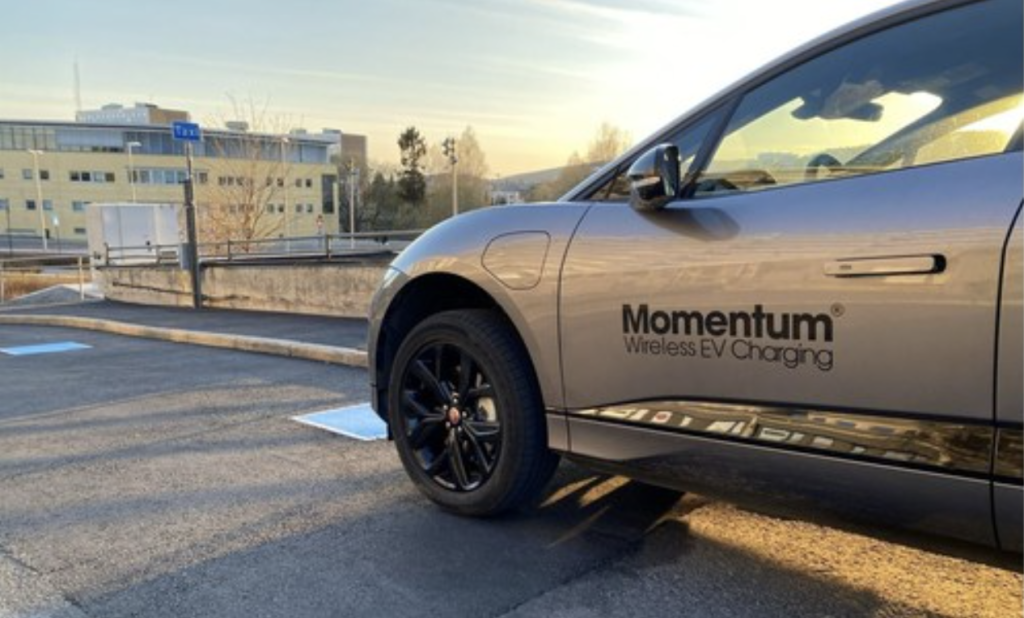In a world increasingly driven by technology and sustainability, the introduction of wireless electric vehicle (EV) charging is creating waves in urban mobility. Imagine parking your car and walking away, knowing it’ll charge itself without plugging in. According to a recent study by Bloomberg Green, wireless EV charging could grow at a compound annual growth rate of 40% over the next five years, transforming how we think about refueling our vehicles. This article will explore how wireless EV charging is revolutionizing urban mobility in 2023, delving into the technology’s benefits, current advancements, and future implications.
The Rise of Wireless Charging Technology
How Wireless EV Charging Works
Wireless EV charging, or inductive charging, uses electromagnetic fields to transfer energy between two coils: one embedded in the ground and the other inside the vehicle. This technology eliminates the need for cables, making the charging process seamless and user-friendly. According to Wired Magazine, the efficiency of wireless charging systems can reach up to 95%, which is comparable to traditional plug-in methods.
Key Players in Wireless Charging
Several companies are leading the charge in developing wireless EV charging technology:
- WiTricity: Known for its pioneering magnetic resonance technology, WiTricity has partnered with major automakers like Hyundai and Nissan to integrate wireless charging systems into their EVs.
- Tesla: While Tesla has focused on expanding its Supercharger network, it is also exploring wireless solutions to enhance convenience for its users.
- BMW: The BMW 530e iPerformance is among the first vehicles equipped with factory-installed wireless charging capabilities.
The Benefits of Going Wireless
Wireless EV charging offers numerous benefits that are set to revolutionize urban mobility:
- Convenience: No more fumbling with cables in the rain or snow. Simply park your vehicle and let the technology do the rest.
- Urban Aesthetic: Wireless systems reduce clutter in public spaces, preserving the aesthetic appeal of urban environments.
- Safety: Minimizes the risk of tripping hazards and electrical faults associated with traditional charging cables.
Current Developments and Implementations
Pilot Programs and Real-World Applications
Cities around the globe are piloting wireless charging programs to evaluate their viability on a larger scale:
- Oslo, Norway: Known for its commitment to EV adoption, Oslo has launched a pilot project that involves retrofitting taxis with wireless charging capabilities, aiming to make all taxis electric by 2023.
- Los Angeles, USA: In partnership with Electrek, LA has installed wireless charging pads at key locations around the city to facilitate effortless charging for municipal EVs.
Challenges and Solutions
Despite its promise, wireless EV charging faces several challenges:
- Cost: Installation and maintenance can be expensive. However, as technology advances, costs are expected to decrease.
- Standardization: The industry is working towards establishing universal standards to ensure compatibility across different vehicles and systems.
Future Prospects and Innovations
The future of wireless EV charging is bright, with several innovations on the horizon:
- Dynamic Charging: Researchers are exploring the possibility of dynamic wireless charging, where vehicles can charge while in motion. This could drastically reduce downtime and increase efficiency.
- Increased Range and Efficiency: As technology improves, wireless systems will likely support faster charging times and greater energy transfer rates.
Practical Guide to Wireless Charging
How to Choose the Right System
When considering wireless charging for your EV, consider the following factors:
- Vehicle Compatibility: Ensure your vehicle supports wireless charging technology.
- Installation Costs: Compare prices from different providers and weigh them against the potential convenience benefits.
- Charging Speed: Look for systems that offer the highest efficiency to minimize charging time.
Where to Buy Wireless Charging Systems
Wireless charging systems are available through major automakers and specialized technology companies. Keep an eye on announcements from brands like Hyundai, BMW, and Tesla for the latest offerings.
What to Compare
- Efficiency Rates: Higher efficiency means less energy wasted during transfer.
- Installation Process: Some systems may require professional installation, while others can be DIY.
- Warranty and Support: Opt for products backed by robust customer support and a solid warranty.
Conclusion: The Path Forward for Urban Mobility
Wireless EV charging is set to play a pivotal role in the future of urban mobility. By eliminating the need for physical connections, this technology not only enhances convenience but also aligns with the broader goal of creating smarter, cleaner cities. With continued advancements and increased adoption, wireless charging will likely become standard in urban landscapes.
Are you ready to embrace this game-changing technology? Share your thoughts in the comments below and let’s discuss how wireless EV charging could impact your daily life. As cities continue to evolve, we may soon find ourselves in a world where the hassle of charging cables is a thing of the past. The future is wireless, and it’s already here.

